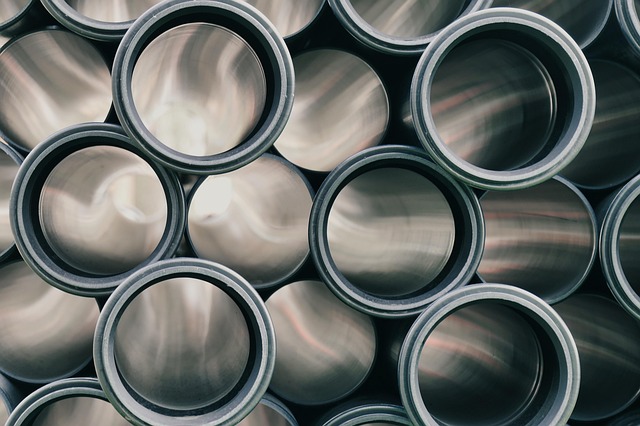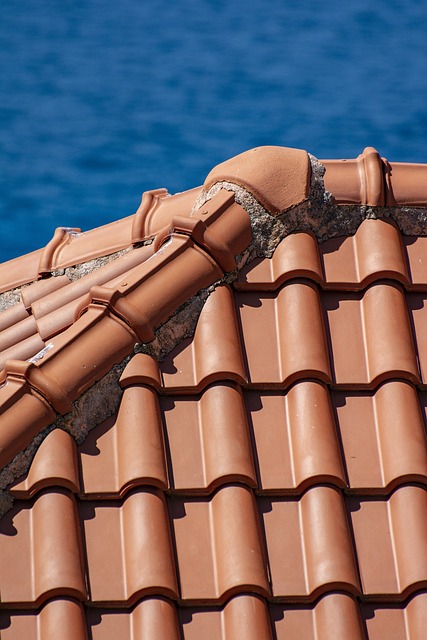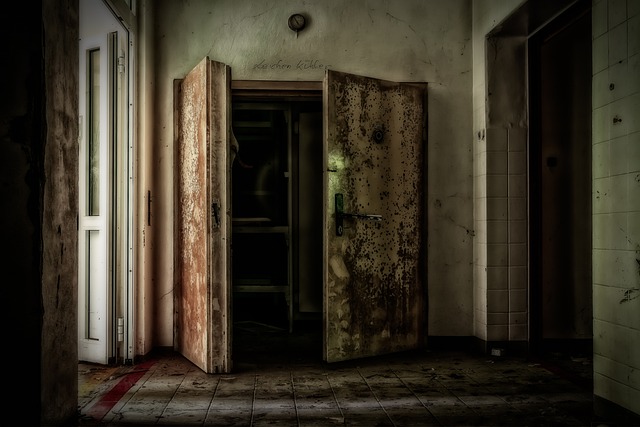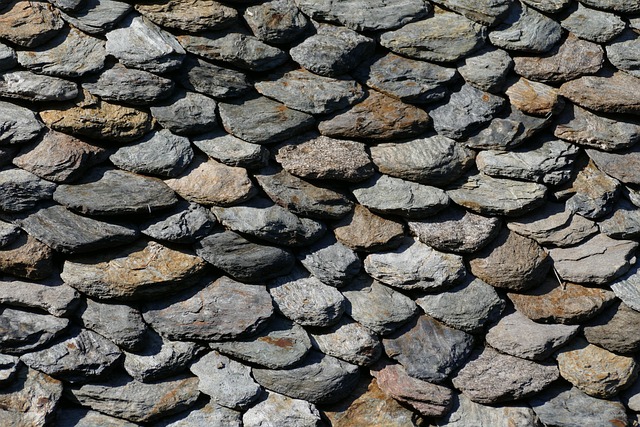Cool roofing systems, featuring reflective materials like coatings and white roofs, offer an environmentally sustainable solution to traditional dark roofing's energy consumption issues, especially in hot climates. By reflecting sunlight and minimizing heat transfer, these systems lower cooling costs, increase energy efficiency, extend roof lifespans, improve indoor air quality, and reduce utility bills. Key materials include reflective coatings, white roof systems, and specialized tiles/shingles. Implementing cool roofing is a strategic way for property owners to decrease energy bills, cut carbon footprints, mitigate urban heat island effects, promote sustainable living, and contribute to cooler surface temperatures and improved local ecosystems.
“In the pursuit of sustainable and energy-efficient buildings, markets have turned their focus to cool roofing systems as a revolutionary solution. Traditional roofs often contribute to excessive heat absorption, driving up cooling costs and environmental impact. This article delves into the benefits of reflective roofs, exploring how they mitigate heat transfer and reduce energy expenses. From understanding conventional challenges to implementing eco-friendly alternatives, we uncover the transformative power of cool roofing systems in shaping a greener future.”
- Understanding Traditional Roofing and Its Challenges
- Introduction to Cool Roofings Systems and Their Benefits
- How Reflective Roofs Reduce Heat Absorption
- Types of Cool Roofing Materials
- Implementing Cool Roofing: Tips for Property Owners
- The Environmental Impact of Cool Roofing Solutions
Understanding Traditional Roofing and Its Challenges

Traditional roofing systems, while reliable, often contribute to significant energy consumption in buildings. Dark-colored materials absorb heat from the sun, leading to increased indoor temperatures and higher cooling costs. This is especially problematic in regions with hot climates, where maintaining comfortable indoor environments demands substantial energy.
In response to these challenges, cool roofing systems have emerged as a sustainable solution. Reflective roofing and white roof systems utilize materials that reflect sunlight, reducing heat transfer into the building. Cool roof coating, an innovative technology, further enhances these benefits by providing an additional barrier against solar radiation. By minimizing heat absorption, these systems not only lower cooling costs but also contribute to a more energy-efficient and environmentally friendly built environment.
Introduction to Cool Roofings Systems and Their Benefits

Cool roofing systems are designed to reduce heat absorption on rooftops, thereby lowering cooling costs and improving energy efficiency for buildings. These systems use advanced materials, such as reflective roof coatings or white roof systems, that have superior thermal properties compared to traditional dark roofing materials. By reflecting a significant portion of sunlight and heat back into the atmosphere, cool roofs help mitigate the urban heat island effect and contribute to sustainable building practices.
The benefits of cool roofing extend beyond energy savings. Reflective roofing can also prolong the lifespan of the roof by reducing the amount of heat-related damage, thus decreasing the need for frequent repairs or replacements. Additionally, white roof systems have been shown to improve indoor air quality by keeping buildings cooler and reducing the demand for air conditioning, which can lead to lower utility bills and a smaller carbon footprint.
How Reflective Roofs Reduce Heat Absorption

Reflective roofs operate on a simple yet powerful principle: they minimize heat absorption by reflecting sunlight back into the atmosphere. Traditional dark-colored roofs absorb significant amounts of solar radiation, leading to increased indoor temperatures and elevated cooling demands. This is particularly problematic in urban areas known for their ‘heat islands’ where concrete and asphalt structures amplify warmth.
Cool roofing systems, such as white roof coating or reflective roofing materials, address this issue by presenting a cooler alternative. These innovative solutions not only lower the surface temperature but also reduce the heat transfer into buildings. As a result, air conditioning systems work less hard, leading to substantial energy savings and decreased environmental impact.
Types of Cool Roofing Materials

Cool roofing systems have gained significant attention as a sustainable and energy-efficient solution for buildings. These systems are designed to reflect a large portion of solar radiation, thereby reducing heat absorption compared to traditional dark roofs. The primary materials used in cool roofing include reflective roof coatings, white roof systems, and specialized reflective tiles or shingles.
Reflective roof coatings are applied over the existing roofing surface, creating a barrier that bounces sunlight away from the building. These coatings can be made from various materials, such as ceramic-based compounds or high-performance polymeric films, ensuring excellent heat resistance and durability. White roof systems, on the other hand, use reflective pigments in a white or light-colored base material, offering natural reflection and minimizing the urban heat island effect. Additionally, specialized roofing products like reflective tiles and shingles not only provide superior reflectivity but also enhance the aesthetic appeal of the building with their unique designs and textures.
Implementing Cool Roofing: Tips for Property Owners

Implementing Cool Roofing Systems: Tips for Property Owners
If you’re a property owner looking to reduce your energy bills and lower your carbon footprint, considering cool roofing systems is a smart move. The primary goal of these systems is to reflect sunlight and absorb less heat, thereby decreasing the amount of energy needed for cooling. One effective approach is applying a cool roof coating, which can be done as part of a regular maintenance routine or during a re-roofing project.
When selecting a cool roofing solution, property owners should consider reflective roofing materials such as white roof systems. These systems are designed to bounce sunlight away from the building’s interior, reducing heat transfer and keeping spaces cooler. By choosing energy-efficient options like these, homeowners can enjoy lower cooling costs throughout the year and contribute to sustainable living practices.
The Environmental Impact of Cool Roofing Solutions

Cool roofing systems are revolutionizing the way we approach building design and energy efficiency. By reflecting a significant portion of solar radiation rather than absorbing it, these innovative solutions offer a sustainable alternative to traditional dark roofs. The environmental impact of this shift is profound, as reduced heat absorption leads to lower cooling costs for buildings and can contribute to mitigating urban heat island effects.
Moreover, the adoption of cool roof coating and reflective roofing technologies helps decrease greenhouse gas emissions associated with energy consumption. White roof systems, for instance, have been shown to lower surface temperatures by up to 30°C, leading to a cooler and more livable environment. This not only benefits building occupants but also has positive implications for local ecosystems, as reduced heat stress can positively affect plant growth and biodiversity.
